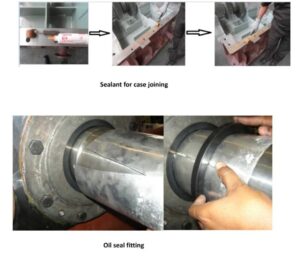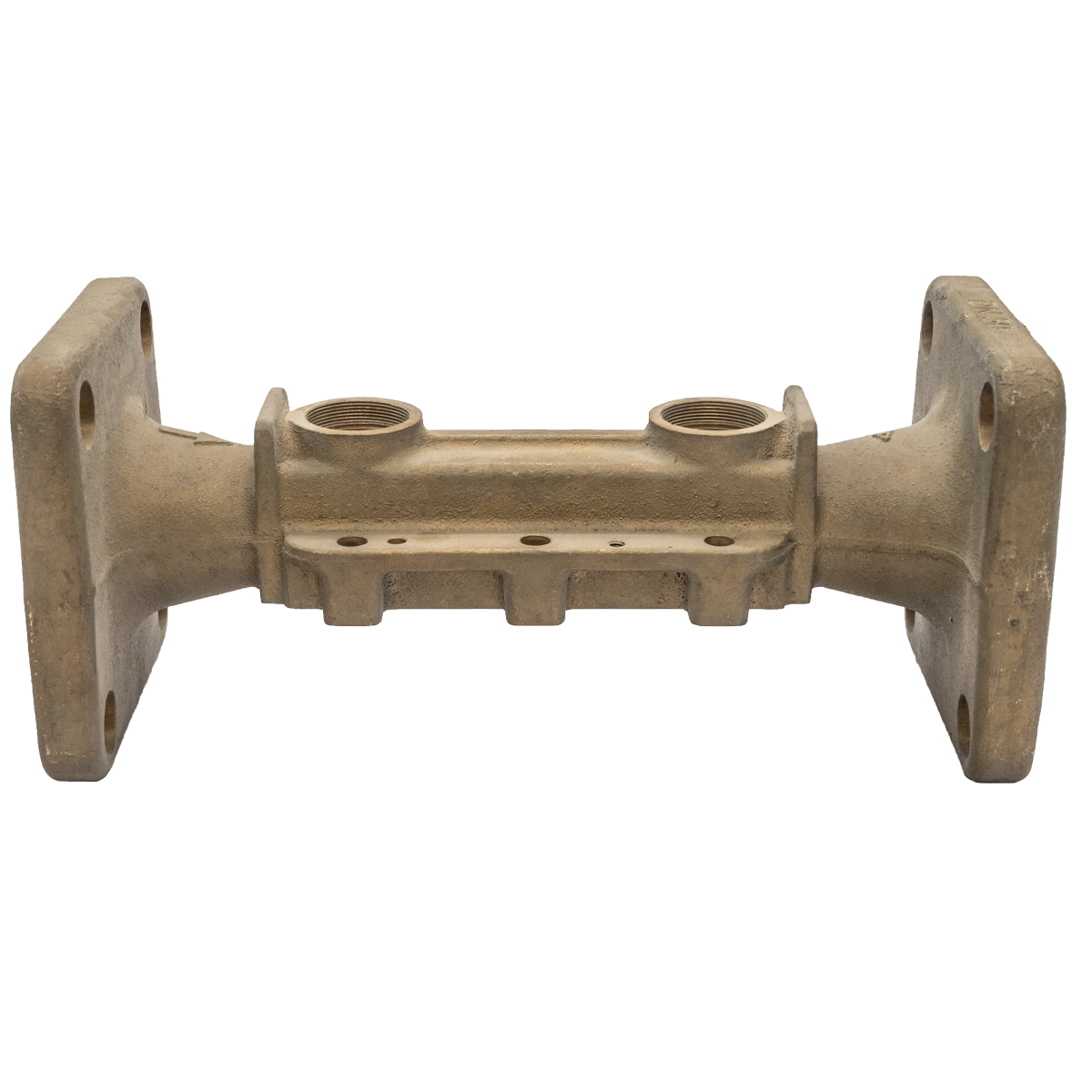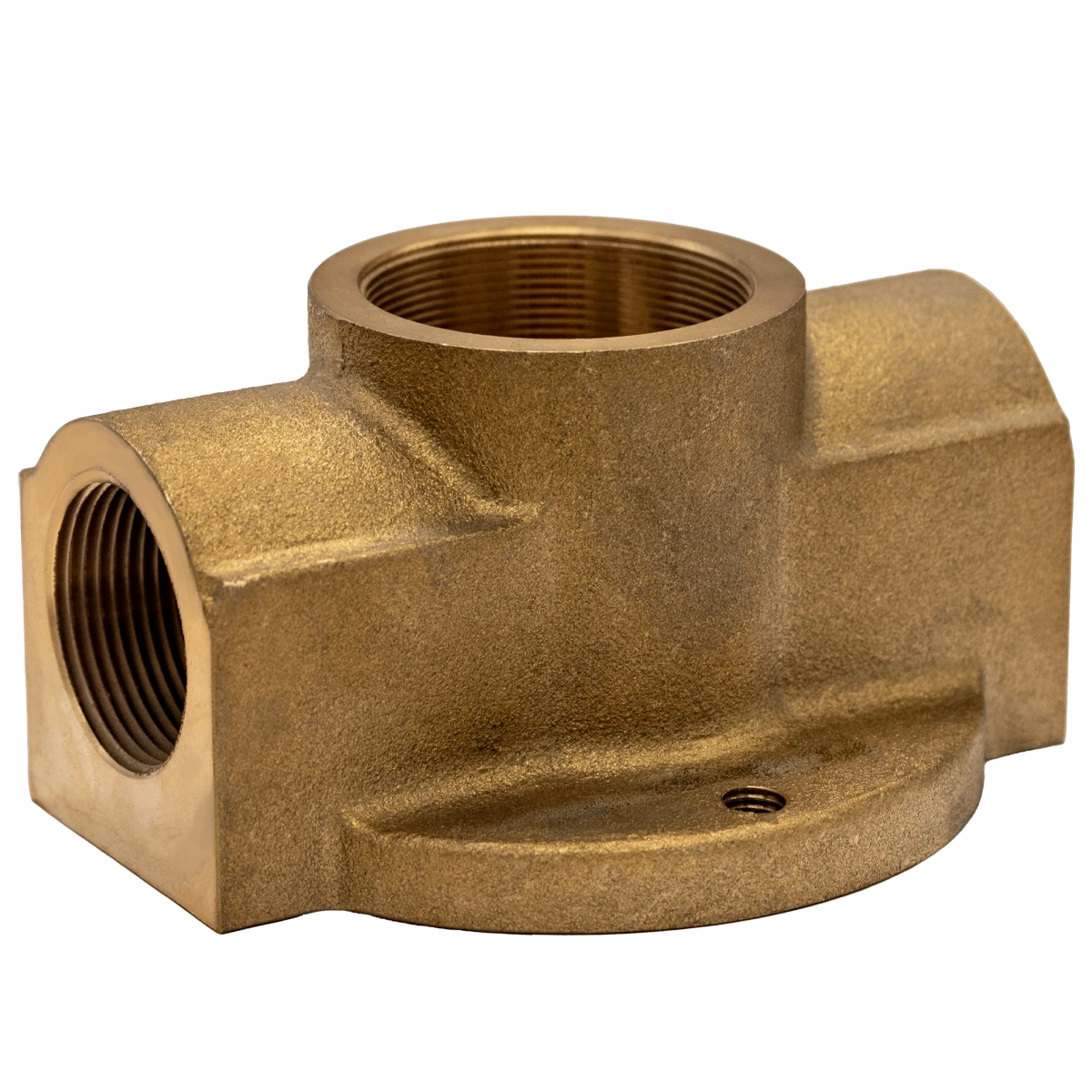Mobile:+86-311-808-126-83
Email:info@ydcastings.com
English
Iron Casting Process - Techniques, Materials, and Applications
The Iron Casting Process An Overview
Iron casting has been a pivotal process in metalworking for centuries, providing manufacturers with a reliable way to create complex shapes and components
. The process is characterized by pouring molten iron into a mold, where it cools and solidifies into the desired form. This article explores the various steps involved in the iron casting process, its applications, and its significance in modern manufacturing.The first step in the iron casting process is the preparation of the mold. Molds can be made from various materials, including sand, metal, or ceramics, with sand being the most common due to its versatility and cost-effectiveness. The sand is often mixed with a binder to hold its shape. Molds can be created in two halves, allowing for easier removal of the final product. The inner surface of the mold is designed to replicate the exact dimensions of the desired casting, including any intricate details.
Once the mold is prepared, the next step is the melting of the iron. This is typically achieved in a furnace, which can be fueled by coke, electric resistance, or induction heating. The temperature needs to reach approximately 1,200 degrees Celsius (2,192 degrees Fahrenheit) to melt the iron completely. During this stage, manufacturers may also add alloying elements to enhance the properties of the final product, such as increasing strength or improving corrosion resistance.
iron casting process

After the iron is melted, it will be poured into the prepared mold. This step must be executed with precision, as any imperfections during pouring can lead to defects in the final casting. The molten iron flows into the mold cavity, where it takes the shape of the mold. Depending on the complexity of the part being cast, this step can be straightforward or painstakingly detailed.
Once the molten iron has been poured, it is allowed to cool and solidify. The cooling process varies depending on the thickness of the casting and the material used for the mold. Once cooled, the mold is broken apart, and the casting is removed. At this stage, some post-processing may be necessary, including trimming excess material and surface finishing, to ensure the casting meets the required specifications.
Iron casting is widely employed in various industries, including automotive, aerospace, construction, and art. It is particularly valued for its ability to produce components with excellent mechanical properties. Cast iron, a popular material derived from the casting process, has high wear resistance and can withstand high temperatures, making it an ideal choice for engine blocks, pipes, and cookware.
In conclusion, the iron casting process remains a cornerstone of manufacturing, enabling the creation of components that are both complex and durable. As technology advances, methods such as computer numerical control (CNC) and automated processes are enhancing efficiency and precision in iron casting, ensuring its relevance in a rapidly evolving industrial landscape. Whether in historical artifacts or modern machinery, iron casting continues to shape the world around us.
-
Materials Used in Manufacturing Cap End Pipe FittingsNewsNov.24,2025
-
Material Properties of CF8M CastingNewsNov.24,2025
-
How to Inspect Pump Cap Ends for DamageNewsNov.21,2025
-
Backward Curved Impeller – Efficient Airflow Solutions for Industry | YD CastingsNewsNov.21,2025
-
Automobile Water Pump - Efficient, Quiet, Durable & ElectricNewsNov.21,2025
-
Impeller for Pumps – High-Efficiency, Durable, OEM-ReadyNewsNov.21,2025











